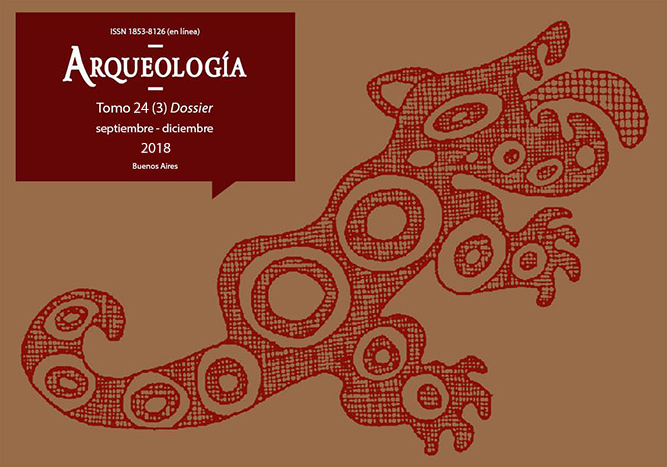The use of Geographical Information Systems in the study of the Patagonia rebelde strike in Northeastern Santa Cruz
Keywords:
Patagonia Rebelde, The 1921 strike, GIS, Documental database
Abstract
Within the framework of a research project that aims to recover the rural heritage of Northeastern Santa Cruz, a Geographical Information System (GIS) and a documentary database have been built to integrate all existing information on the rural strike of the year 1921 —commonly known as “La Patagonia Rebelde”— which broke out within the territory of this Province. This strike was a significant event in the history of Santa Cruz territory, mainly because of the brutal repression undertaken by the Argentine Army, which led to death and execution of hundreds of striking rural labourers. This article presents the methodology used in the construction of this GIS and documentary database, explaining the sources (maps, documents, manuscripts, etc.) that were used. Subsequently, we present some case-studies of this GIS application, including the construction of thematic cartographies and reconstructions of the movements of some of the main actors of the strike. Finally, we believe that the use of spatial archaeology tools and methodologies has revealed new data on how the strike affected Northeastern Santa Cruz, especially the extent of the strike and the actions of some of the actors involved.Downloads
Download data is not yet available.
How to Cite
Zubimendi, M. Á. (1). The use of Geographical Information Systems in the study of the Patagonia rebelde strike in Northeastern Santa Cruz. Arqueología, 24(3), 123-142. https://doi.org/10.34096/arqueologia.t24.n3.5384
Section
Articles
Authors who publish in this journal agree to the following conditions:
- Authors retain copyright and yield to the journal right of first publication with the work registered with attribution license Creative Commons, which allows third parties to use the published always mentioning the authorship of the work and first publication in this magazine.
- Authors can make other independent and additional contractual arrangements for the non-exclusive distribution of the version of the article published in this issue (p. Eg., Inclusion in an institutional repository or publish it in a book), provided that clearly indicate that the work was published for the first time in this magazine.
- It allows and encourages the author / s to publish their work online (eg institutional or personal pages) before and during the process of revision and publication, as it can lead to productive exchanges and greater and more rapid dissemination of work published (See The Effect of Open Access).





(1)13.png)






1.jpg)
1.jpg)


13.png)
1.png)


(1)1.png)









